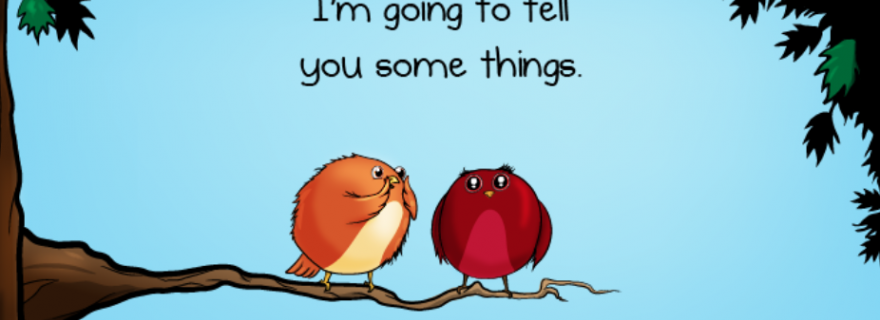Counter-Narratives and the ‘Backfire Effect’
Counter-narratives have become increasingly popular, but how can we judge their utility?
Within counter-terrorism efforts, there is currently a great deal of discussion on the idea of counter-narratives. Governments, NGOs, even Facebook are all testing ways to combat violent extremism through the promotion of peaceful alternative messages. Just last month on May 24, the UN Security Council unanimously adopted Resolution 2354, implementing a “Comprehensive International Framework to Counter Terrorist Narratives.” Through this, states agreed to combat terrorist recruitment through the use of counter-narratives, “not only to rebut terrorists’ messages, but also to amplify positive narratives, to provide credible alternatives and address issues of concern to vulnerable audiences who are subject to terrorist narratives”. In the 'battle for hearts and minds’, counter-narratives are considered valuable ammunition.
However, while promoting counter-narratives seems sensible intuitively, there is little evidence that this is in fact an effective strategy. And with a dearth of data on the subject, is there any way to definitively judge their utility?
A recent viral comic from The Oatmeal highlights a possible weakness of counter-narrative strategies. In a straightforward, attractively-drawn strip, Matthew Inman, The Oatmeal’s creator, describes something called the ‘backfire effect.’ This behavioral pattern, observed by Brendan Nyhan and Jason Reifler in a 2010 Dartmouth study, is related to ideas of confirmation bias and motivated reasoning. The Dartmouth study presented subjects, divided based on their ideological subgroups, with contrived news reports that included “either a misleading claim from a politician, or a misleading claim and a correction.” In most cases, the correction failed to dissuade participants of the original claim’s veracity if it was ideologically aligned with their beliefs. And in some cases, Nyhan and Reifler found that “corrections actually strengthened misperceptions among the most strongly committed subjects.”
This is not the first time that such an idea has been studied. Even Francis Bacon is said to have discussed this phenomenon, writing that “the human understanding when it has once adopted an opinion […] draws all things else to support and agree with it.” Recently this concept has been applied to discussions of political polarization, as researchers strive to understand the populist movements sweeping the Western world. However while confirmation bias is widely accepted, subsequent studies have failed to replicate Nyhan and Reifler’s results relating to the backfire effect. For this reason the concept should be applied with caution.
Nonetheless, further investigation into the backfire effect may be useful, particularly in light of the current popularity of counter-narratives. If a legitimate phenomenon, the backfire effect would imply that investments into counter-narratives could only serve to strengthen extremists’ conviction. This is particularly likely given that, while Nyhan and Reifler only found evidence of the backfire effect in some participants, it was predominantly those individuals which most strongly adhered to their beliefs at the outset. Those who are capable of translating their beliefs into violence are likely to fall into this category.
As with every strategy, counter-narratives require further research and careful application. There are a number of new publications discussing the complicated psychology of changing minds; policymakers and counter-terrorism experts will benefit greatly from perusing them. Timely responses to and strategies for combating terrorism are of course crucial. However, it is equally vital that such strategies are adequately studied to ensure that they are not counterproductive.


